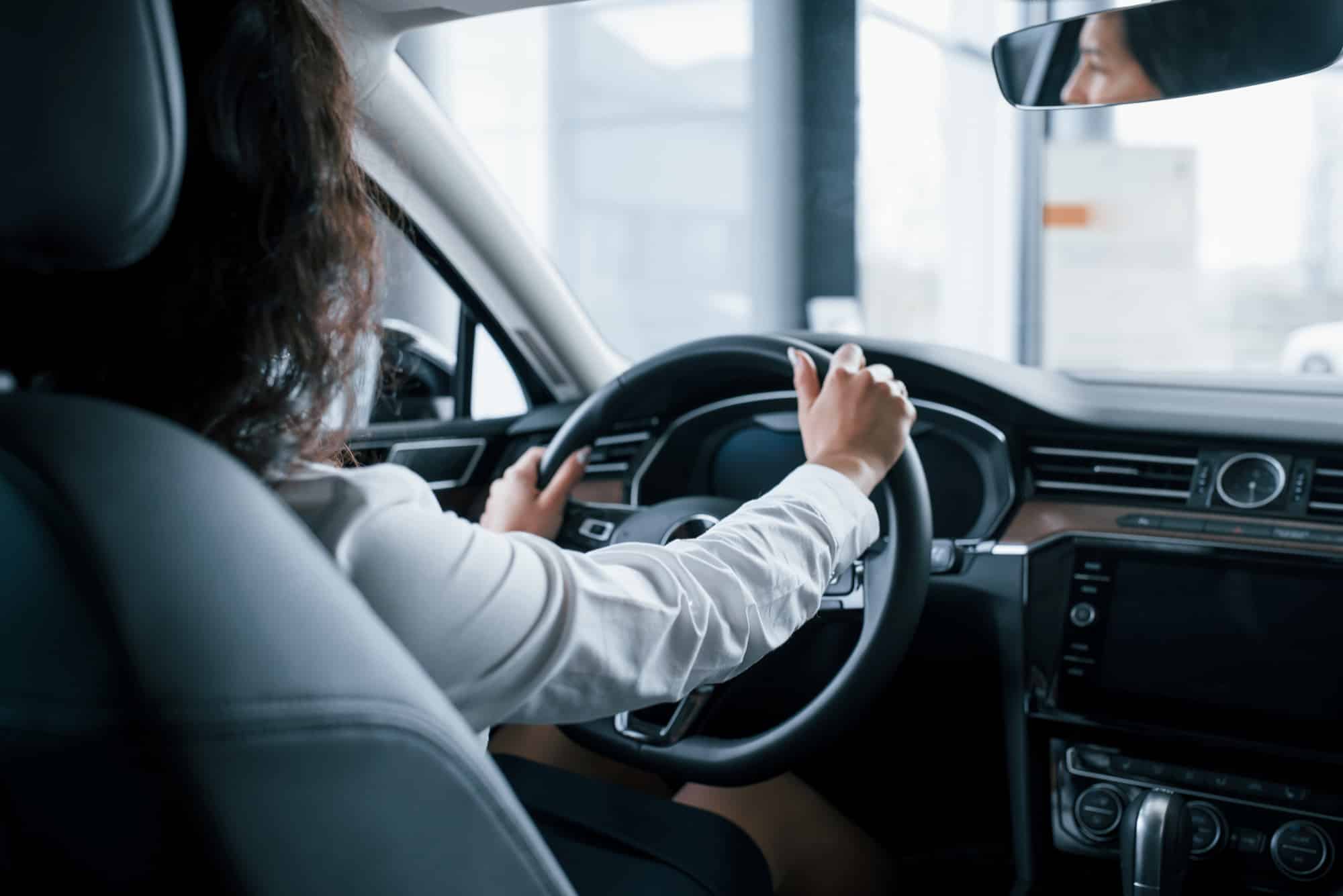What Are the RMS Driving Test Maneuvers?

After passing the Hazard Perception Test, the RMS driving test will come next. This test is designed to assess your control skill, decision-making, awareness, and ability to share the road safely with other road users. But owing to the ever-increasing road accidents, the RMS driving test is now tougher. A great way to ace this test is to know what to expect during the practical driving test and prepare adequately.
Below is a list of maneuvers you can expect to perform during your RMS Driving Test. We have also included some useful hints and tips to help complete the manoeuvres successfully.
Kerbside Stop, AKA Hill Start
This maneuver is designed to test whether you can position your car safely, legally, and accurately. The testing officer will give you enough time to get ready and ask you to pull into the kerb. Be sure to check the road for areas you should not stop at. These include bus stops, areas close to intersections, or driveways. You need to indicate your intention to stop to the left and check your blind spot before changing the steering direction.
Your car should be parallel and close to the kerb. The aim is to make sure your wheels are less than 50cm from the kerb but not touching it. Remember to engage the hand brake after stopping. Common fail items in this maneuver include mounting the kerb, failing to head check your blind spot, or failing to indicate as required.
Three-Point Turn
This maneuver is complex. Keeping a slow pace and ensuring you drive safely is key to passing the test. Once your testing officer instructs you to make a three-point turn, be sure to indicate to the left and check your blind spot just as you would when making a kerb stop. Make your three-point turn without overdoing your reverse across the road or using the driveway.
If the road is too narrow, you can complete the maneuver in five points. The testing officer will keep a close eye on how you will be coordinating the clutch, brake, gears, and accelerator during the turn. You will fail if you do not indicate before making your first turn or make observation checks repeatedly. Also, make sure you do not touch the kerb as it could hurt your score.
Reverse Parallel Parking
Driving instructors call it the pinnacle of driving skills. A successful reverse park involves parking beside another car parked close and parallel to the kerb. As you complete this maneuver, be sure to indicate left and check your blind spots repeatedly. The space between your car and the next vehicle should not be less than one meter. You will fail if you hit the adjacent car, mount the kerb or reverse more than seven meters. Also, parking your car facing oncoming traffic is against the road rules.
We Can Help You Get Ready for the Test
This test is not hard, but it is easy to fail if you do not take driving lessons and give it the preparation it deserves. At the Ltrent Driving School, we have experienced driving instructors who can help you polish your skills before going into your driving test. Contact us to learn from the best.